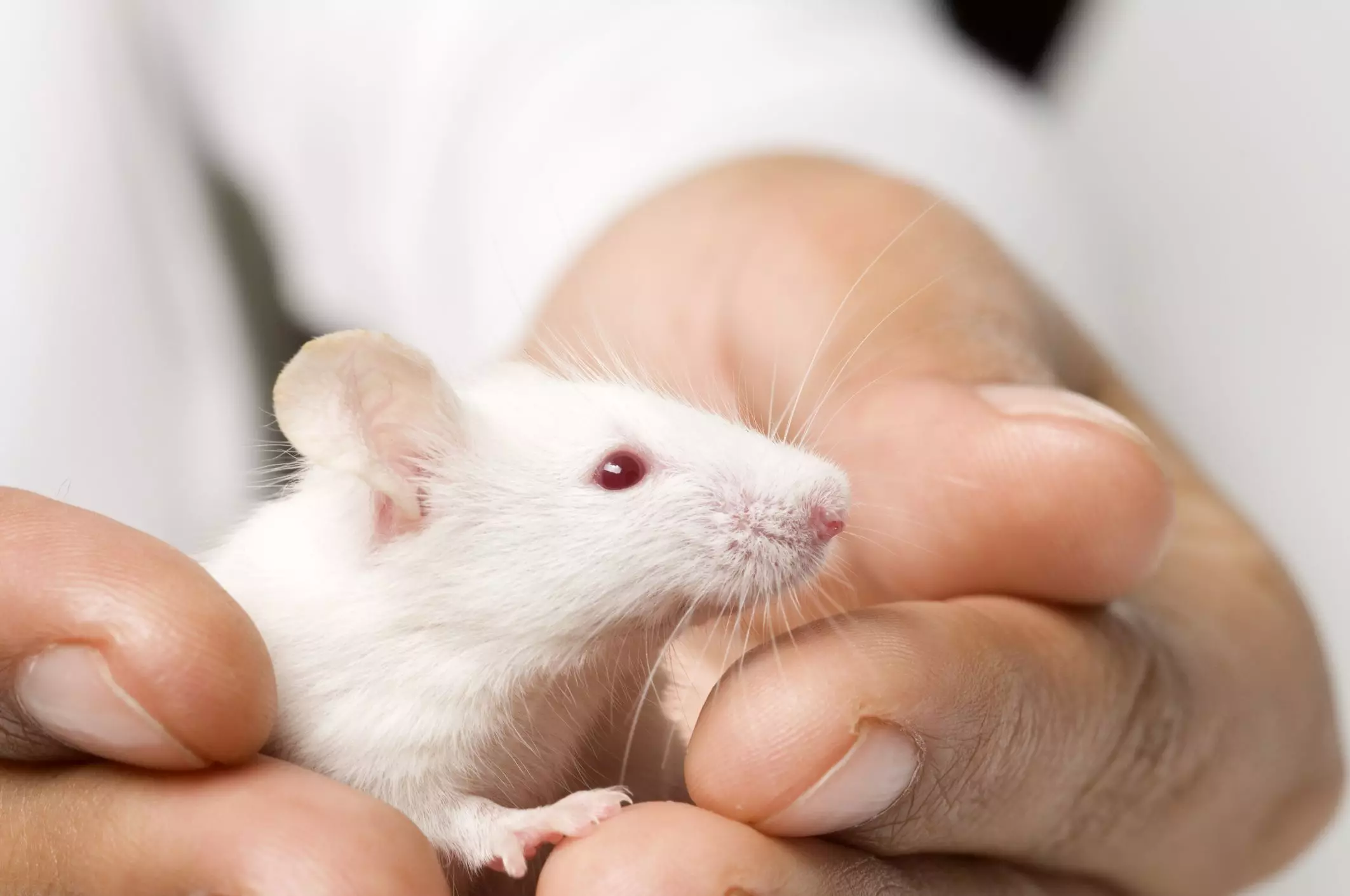Taming a pet mouse may seem like a daunting task for many first-time owners, but with the right approach, it can be a rewarding experience that leads to a strong bond between human and pet. Mice are small, nimble creatures that can easily become frightened. Therefore, understanding their behavior and needs is crucial in the taming process. This guide will explore effective strategies for gaining the trust of your pet mouse while ensuring its comfort and safety.
It’s essential to recognize that pet mice, like any other animals, have their own personalities and comfort zones. A significant aspect of taming involves patience and observation. When a mouse first arrives in its new home, it will require time to adjust. New environments can be overwhelming, and it’s normal for mice to exhibit signs of stress. It’s advisable to minimize interaction during these initial days, allowing the mouse to familiarize itself with its surroundings. This gradual acclimatization sets the foundation for building trust.
Mice are naturally timid and can easily be startled by sudden movements or loud noises. As an owner, you should approach your pet’s habitat with a calm demeanor, speaking softly and moving slowly. These gentle actions will help your mouse associate your presence with safety rather than fear, which is crucial for the taming process.
Once your mouse has settled into its new home, you can begin the taming process. Start by simply sitting next to the cage, allowing the mouse to observe you without feeling threatened. Gradually, you can introduce treats—such as sunflower seeds or small pieces of fruit. Treats play a significant role in the bonding process, as they create positive associations between you and the mouse.
As the mouse becomes more comfortable approaching you, extend your hand into the cage, offering treats directly. Be sure to wait patiently; it may take several sessions before the mouse confidently accepts treats from your hand. Celebrate these small victories, as they signify that trust is being established.
Safety is a paramount concern when handling pet mice. Before allowing your mouse to spend time outside of its cage, make sure the environment is secure. Mice can squeeze through surprisingly small openings, so it’s vital to create a safe play area that prevents escape. You can use pillows to create a boundary, or designate a small, enclosed space where the mouse can roam freely without the risk of hiding in inaccessible places.
It’s also beneficial to introduce your mouse to new environments gradually. For instance, take the mouse to different rooms in your home, allowing it to explore while ensuring it’s always in a safe space. This exposure will help build confidence and reduce anxiety in novel situations.
Once your mouse is comfortable with hand interactions, you can start handling it. Proper lifting techniques are essential to avoid causing stress or injury. Never pick a mouse up by its tail; instead, gently coax it into a small cup or your palm. If you are dealing with an untamed mouse, consider wearing protective gloves during initial handling to prevent nips and bites.
As your relationship progresses, holding a tamed mouse can bring joy to both you and the pet. When holding a mouse, support it gently with your palm while securing the scruff of its neck—this provides a sense of security and reduces the likelihood of escape.
To further solidify the bond, consider incorporating fun, non-threatening activities into your routine. You can expose your mouse to various sounds, like music, which will help it learn that not all new experiences are alarming. Additionally, introducing other family members gently can reinforce the idea that humans are friends, not foes.
Moreover, never underestimate the importance of routine. Daily activities such as gentle grooming or allowing your mouse to explore under supervision can enhance its comfort levels.
Lastly, always prioritize your pet’s health. If your mouse appears unwell or shows signs of distress, consult a veterinarian immediately. Regular check-ups are essential for maintaining your mouse’s wellbeing and ensuring it leads a healthy, enriched life.
Taming a pet mouse might initially require a significant investment of time and effort, but the result is a remarkable bond that can bring immense joy to mouse owners, especially children. By employing patience, kindness, and understanding, you can create a loving home for your new furry friend.

